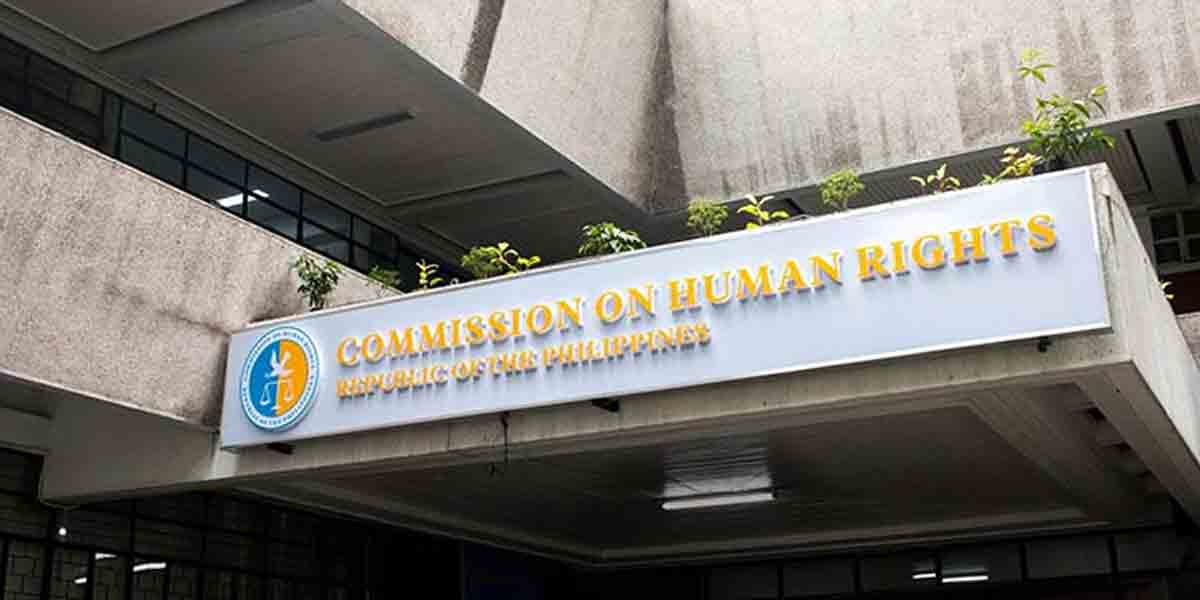
It is important for women to familiarize themselves with risk factors for breast cancer so they can ask their healthcare providers about appropriate screening methods and frequency, and know whether they or their family members would benefit from genetic counselling or risk-reducing medication, say an expert from global health system Cleveland Clinic.
“Breast cancer screening guidelines are often a source of confusion as they have changed over the years and the advice also varies between different healthcare bodies,” says Holly J. Pederson, M.D., Director of Medical Breast Services at Cleveland Clinic’s Breast Center. “If women know their risk factors, they can ensure they are screened appropriately and also take simple steps to reduce their risk where possible.”
Dr. Pederson points out that even if a woman feels ‘lumpy’ on a physical exam, she may not be mammographically dense. Only by having a mammogram will a woman know her breast density.
Dr. Pederson recommends that average-risk women get a baseline mammogram, preferably by age 40, and discuss their density as well as other risk factors with their healthcare provider to come up with a plan.
“High breast density can obscure mammographic findings and extreme breast density is also an independent risk factor for breast cancer. Increased breast density in addition to other factors that increase risk may lead to recommendations for an annual screening breast MRI, or consideration of medication to reduce risk,” she adds.
Both average-risk and high-risk women should have an annual mammography as long as they remain healthy, Dr. Pederson says.
“Annual screening is important for everyone since science cannot yet identify low-risk individuals who could potentially be less vigilant. Moreover, around 75% of breast cancers diagnosed occur in women without any identifiable risk factors.”
Dr. Pederson adds, “Screening mammography saves lives and only mammograms can pick up microcalcifications, which can be the earliest sign of a breast cancer developing. It should be noted that women do not need to be concerned about radiation from having regular mammograms as the exposure is negligible.”
For patients who have dense breast tissue or who have been identified as being at greater risk of breast cancer, supplemental screening options are available, although not all of these are typically covered by medical insurance. Dr. Pederson gives the example of a FAST mammogram, which is a shorter version of a standard breast MRI and is an option for mammographically dense women who want to pursue early detection despite the possibility of some false positive findings.
Elaborating on the efficacy of the supplemental screening options, Dr. Pederson says research estimates that for every 1,000 women screened with a conventional 2D mammogram, around 5 cases of breast cancer will be detected.
The supplemental yield per 1,000 women screened with 3D mammograms is estimated to be an additional 1.2-3 breast cancers, while with a FAST MRI it would be an additional 15.1-27.4 breast cancers, and with contrast-enhanced mammography, an additional 13.1-15.5 breast cancers. A 2023 study on whole-breast ultrasound screenings reported finding only an additional 1.1 breast cancers per 1,000 women screened.
Dr. Pederson says that in addition to breast density, there are many other non-modifiable risk factors for breast cancer. These include women’s medical history — for example, having undergone mantle radiation for Hodgkin lymphoma as a child, or a previous cancer diagnosis — and also their family medical history.
She therefore advises women to have a frank discussion with their healthcare provider to see if there are any red flags that indicate they should be referred for genetic testing. She points out these red flags aren’t limited to incidences of breast cancer, but could include other cancers too, such as ovarian, pancreatic, metastatic prostate or diffuse gastric cancers, and that ancestry is important in assessing risk.
“Genetic testing can inform the best treatments for newly diagnosed cancer patients, and can also identify individuals who may benefit from full-sequence MRI annually, risk-reducing medications, and even risk-reducing surgeries in those at the highest levels, of risk,” Dr. Pederson says.
There are also several modifiable risk factors that women can address to reduce their risk of developing breast cancer, Dr. Pederson adds. “A significant risk factor in many cancers, including breast cancer, is having obesity, so aiming to maintain a healthy weight is important. Alcohol has also been associated with an increased risk for breast cancer. In general, we recommend women follow the general guidelines for good health, which include getting regular exercise and following a healthy eating plan such as the Mediterranean diet,” she says.


























